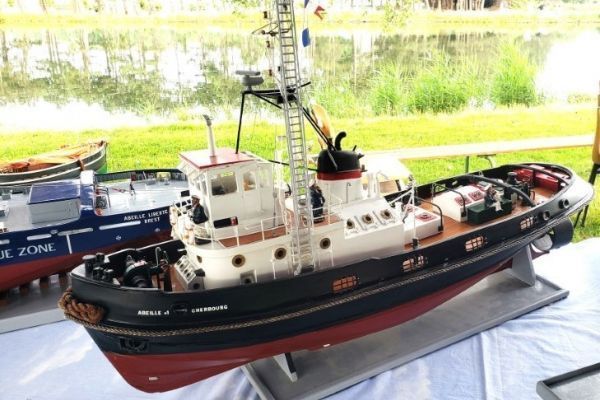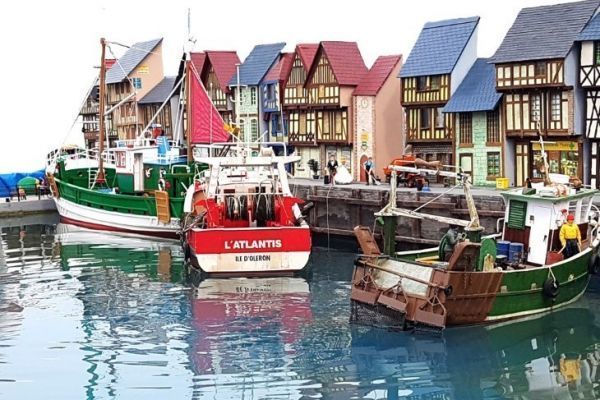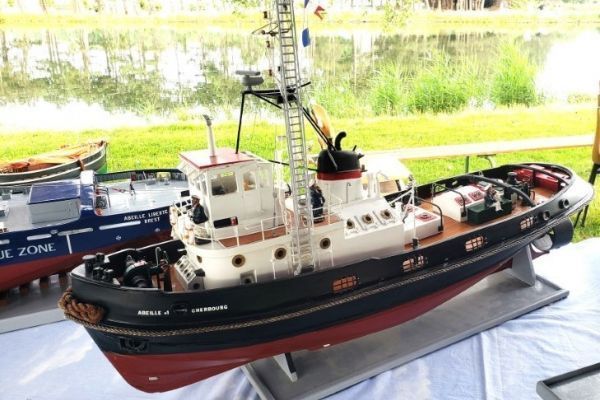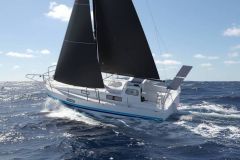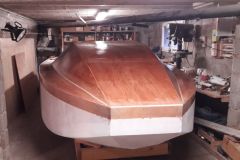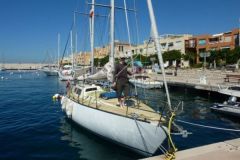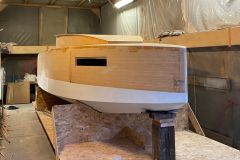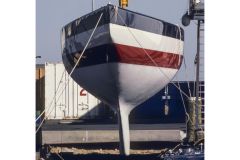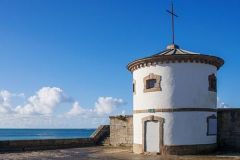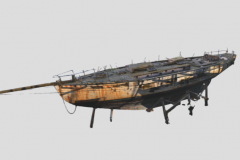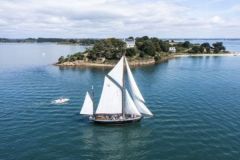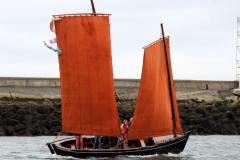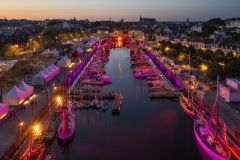Modélisme Naval Hermanville (MNH), an association dedicated to enthusiasts of the miniature maritime world, devotes most of its time to a rather special shipyard: the faithful reproduction of boats, both modern and old. Each member has the know-how to transform each model into a work of art, a true testimony to our nautical heritage. Here's a closer look at some of our historic creations.
The vintage charm of paddlewheelers
The Club Modélisme Naval Hermanville (MNH) is renowned for its faithful miniature reproductions of various types of historic boats. Among these models, Daisy-Belle occupies a special place. Built to a Marieville design, Daisy-Belle was a boat powered by paddlewheels. These large paddlewheels plunge into the water to create propulsion, a relatively ancient mechanism associated with 19th-century steamships and the advent of faster, more efficient river travel.
The Daisy-Belle evokes not only the technology of the past, but also popular culture. It can be seen as a reference to Captain Barrows' Daisy-Belle in one of the stories in the Lucky Luke series: Up the Mississippi.
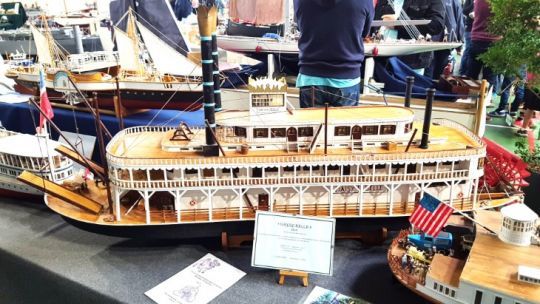
Old rigs: witnesses to another era
The MNH is particularly keen to reproduce old riggings. Among them, Renard, a 30-meter privateer cutter, is the last ship fitted out in 1812 by the Saint-Malo privateer Robert Surcouf. This meticulously-built model is an emblematic witness to the history of Saint-Malo and the life of privateers.
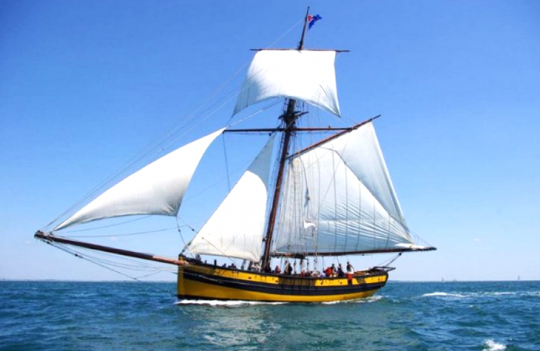
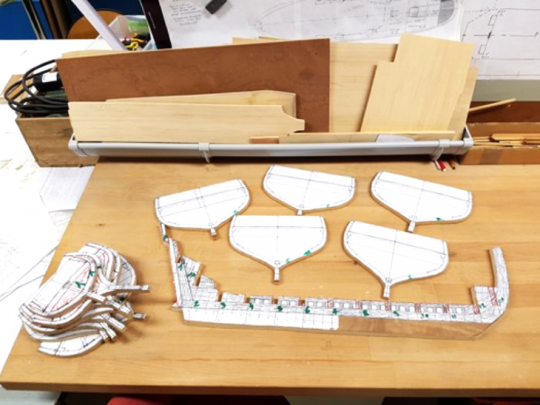
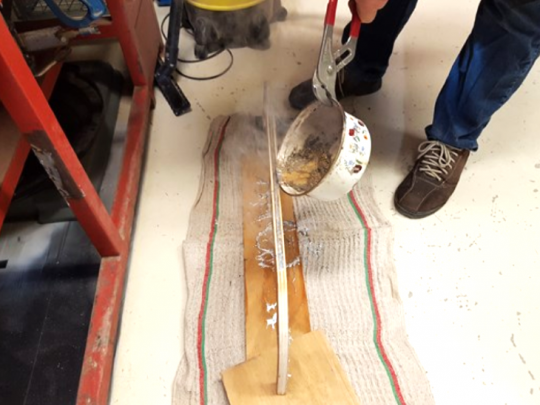
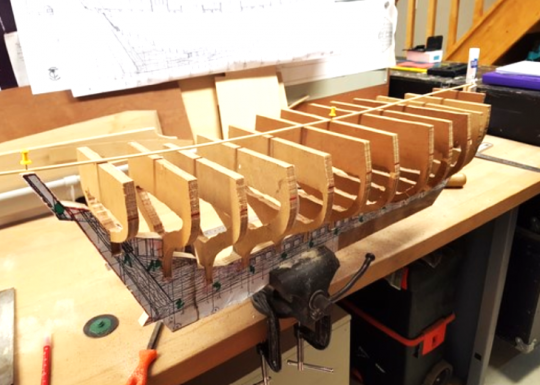
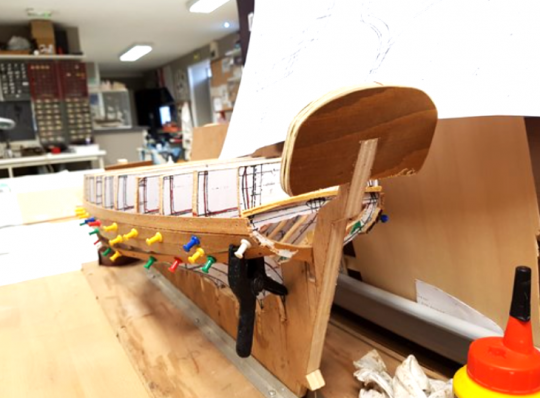
Another remarkable old rig reproduced by the MNH is Déhel, an auric cutter built in 1931 by the Lacheray shipyard in Honfleur for the fisherman Charles-Pierre Lemoigne. Named after the initials of the five pilots who manned her, she was used mainly for fishing until 1967. After a period of decommissioning, it was restored in 1968 by its original builder, Albert Lacheray.
Classified as a Historic Monument since 1993, Déhel underwent several restorations before returning to service as a cruise ship. Bought by AMERAMI in 1985, she was restored between 1989 and 1994. Today, she sails mainly from Honfleur, offering cruises to various ports, including Fécamp, Le Havre and Caen, and has explored the coasts of Brittany and the Channel Islands.
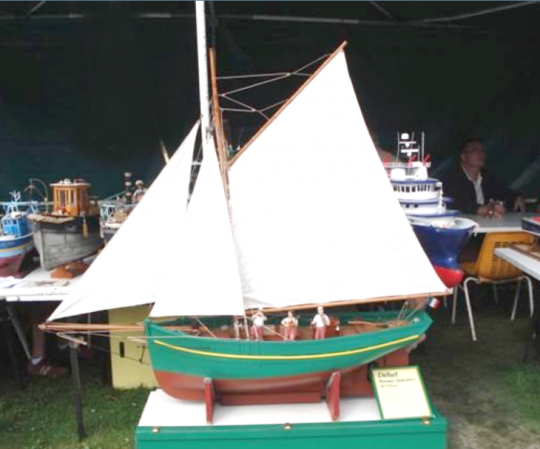
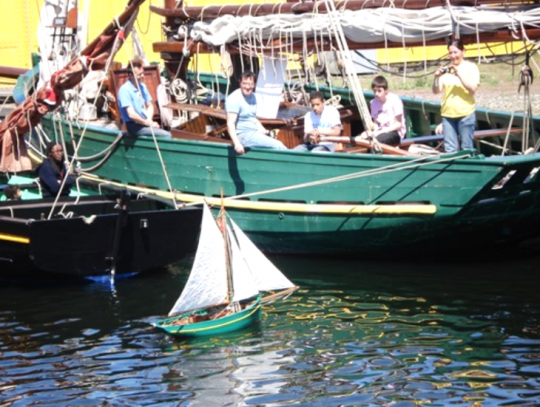
The 1:15 scale model of the Cap Sizun is a faithful reproduction of the Lapart Bihen from Audierne. This historic model, rigged as a dundee with an additional mast behind the tiller, reflects the characteristics of the typical langoustier sloop of the 1930s.
These boats were fitted with a livewell, giving them a bulbous silhouette. This part of the boat was then sealed for tuna fishing trips. For this activity, the boats used large poles called "tangons" to deploy various lines, attached both to the top of the mast and to the other trolling poles, to avoid tangling.
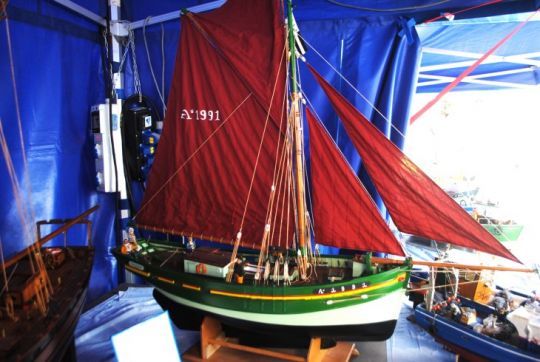
Oceanographic exploration boats
Among the many reproductions at MNH, the Calypso scale model has a special place. Produced on a scale of 1/22, this model highlights the famous oceanographic ship of Captain Cousteau, who left his mark on the history of maritime scientific exploration through his documentaries.
Calypso sailed with the Cousteau team on all the world's oceans and seas from 1951 to 1996. Originally a wooden-hulled minesweeper built for the Royal Navy, Calypso was launched in 1942 and entered active service in 1943. After the Second World War, Calypso was used as a ferry between Malta and the island of Gozo, named after the nymph Calypso, a figure from Greek mythology. In 1950, the ship was bought by an Irish billionaire through an Anglo-French company, then leased to Captain Cousteau for a symbolic franc a year. Transformed into an oceanographic vessel, Calypso was equipped with the tools needed for scientific exploration.
The ship was 42.35 meters long and 7.47 meters wide, with a tonnage of 402 tons. The Calypso model on display at the MNH allows visitors to relive the great hours of nautical exploration and pay tribute to one of the most emblematic figures of modern oceanography.
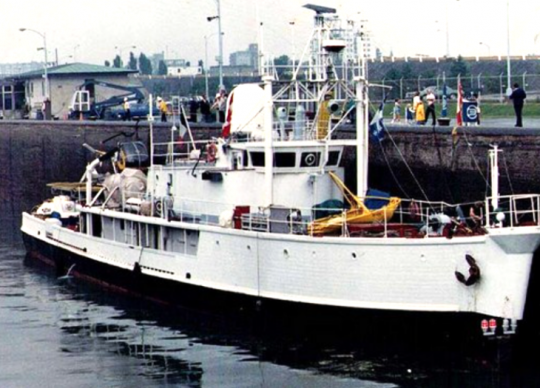
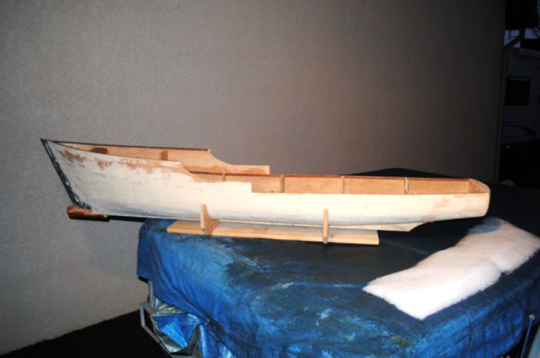
Other oceanographic exploration vessels reproduced by MNH include Thalia, a small 7.40-meter coastal vessel dedicated to Ifremer's exploration of the English Channel and Atlantic seaboards. Thalia embarks scientists on consecutive five-day missions, devoting its research to biology, chemistry, physical oceanography and geology.
Thalia plays a crucial role in assessing fishing resources, particularly scallops and juvenile fish. As part of the regular Comor and Cosb campaigns, this vessel dredges scallops from the Bay of Seine to the Bay of Saint-Brieuc, enabling a precise assessment of stocks of this species, which has been essential to the French fishery since the 1990s. The Rocchsed campaign aims to study chemical pollution in sediments over several years. In the Channel and Atlantic, one-meter cores reveal the accumulation of pollutants from the beginning of the industrial era to the present day. In addition, Thalia enables geological mapping of the coastal seabed to help understand the development and evolution of sandbanks and dunes on the continental shelf, as well as the succession of sedimentary deposits as a function of sea-level variations in bays and estuaries. By reproducing models such as Calypso and Thalia, the MNH contributes to the preservation and dissemination of nautical and scientific heritage.
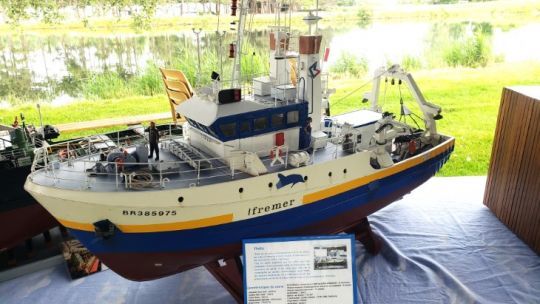
The ocean defense boat
MV Steve Irwin, owned by the Sea Shepherd Conservation Society (SSCS), is an iconic boat in the fight to protect the oceans. Acquired by the SSCS in 2005, it was initially christened MV Robert Hunter, in tribute to Greenpeace co-founder Bob Hunter, who died in May of that year. However, in 2007, the vessel was renamed MV Steve Irwin, in honor of renowned Australian wildlife conservationist Steve Irwin.
MV Steve Irwin was primarily engaged in anti-whaling campaigns in Antarctic waters, despite the absence of an ice-certified hull. Equipped with a helicopter platform and a hangar to protect it from the water cannons used by Japanese whalers during confrontations, the Steve Irwin was well equipped for its missions.
The number 1977 inscribed on the hull refers to the year the SSCS was founded. After years of hard service, in 2018 Sea Shepherd announced the retirement of the MV Steve Irwin. By capturing the details of this legendary boat on a reduced scale, MNH is perpetuating the Steve Irwin's legacy and reminding us of the importance of protecting the seas and oceans.
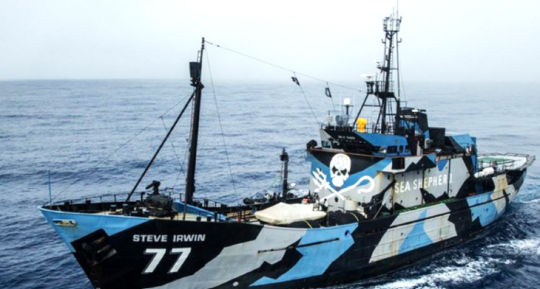
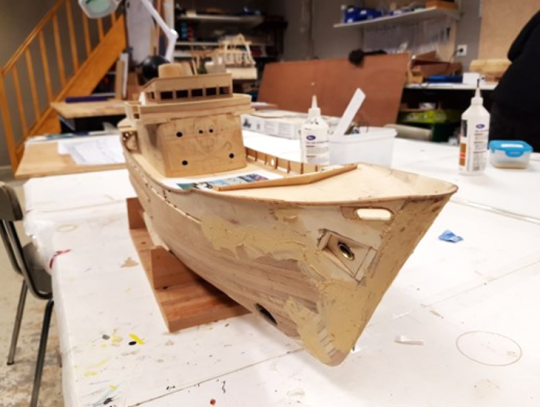
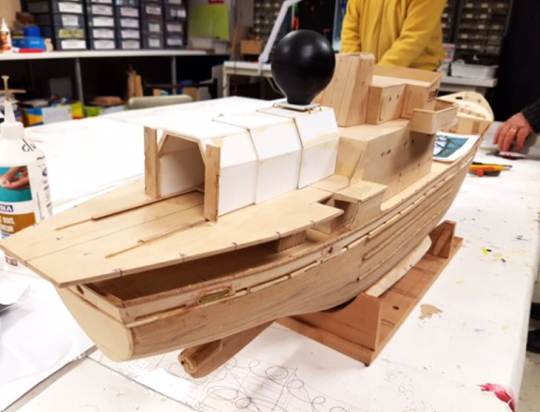
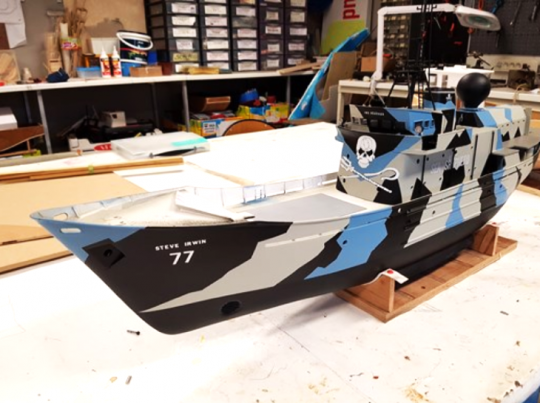

 /
/ 